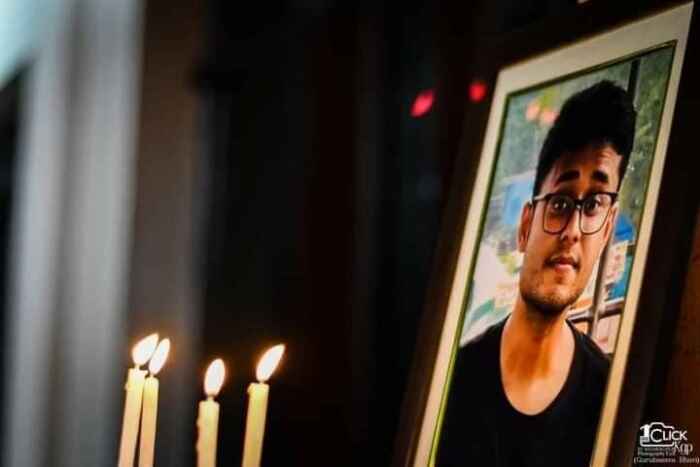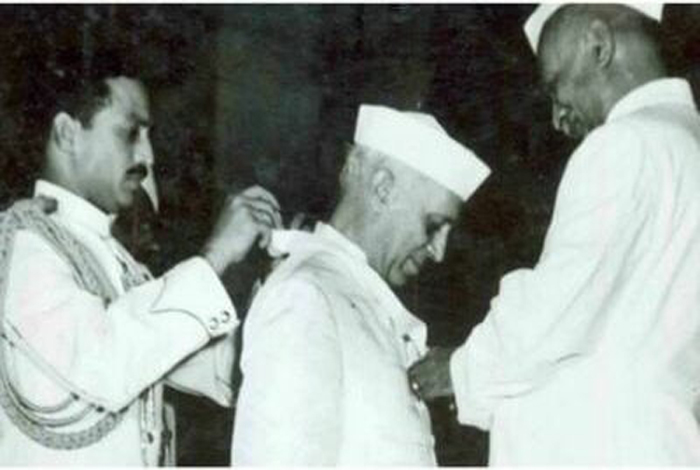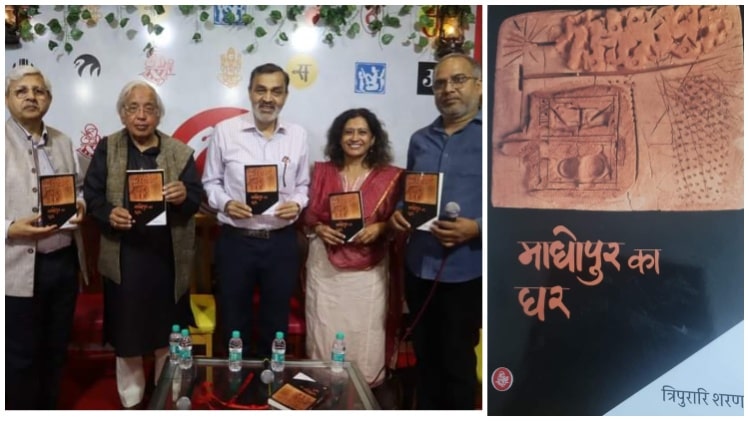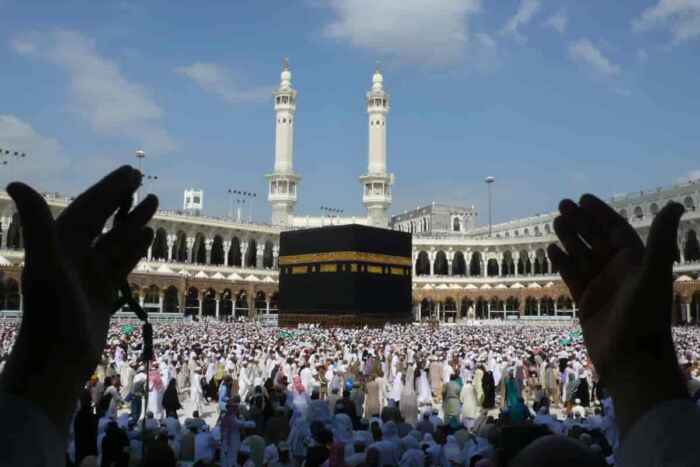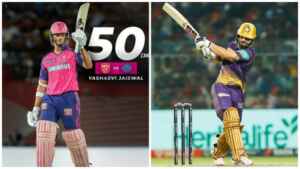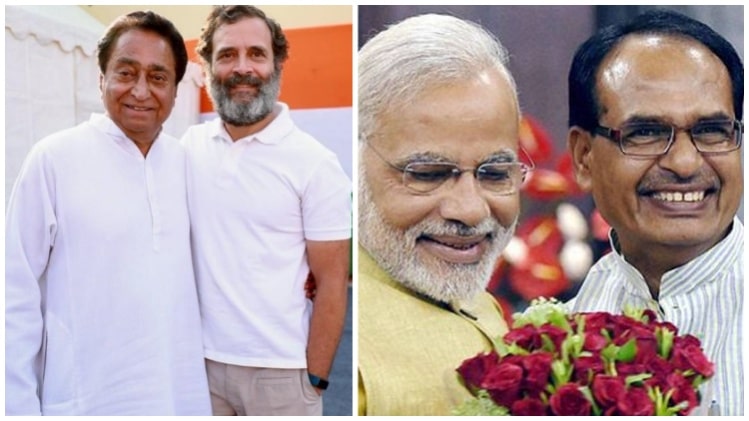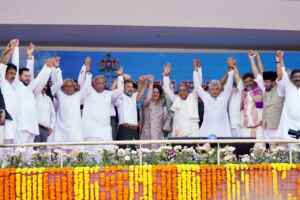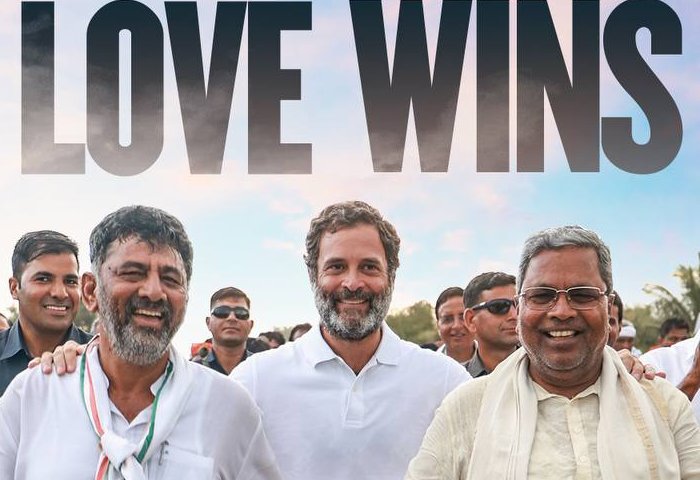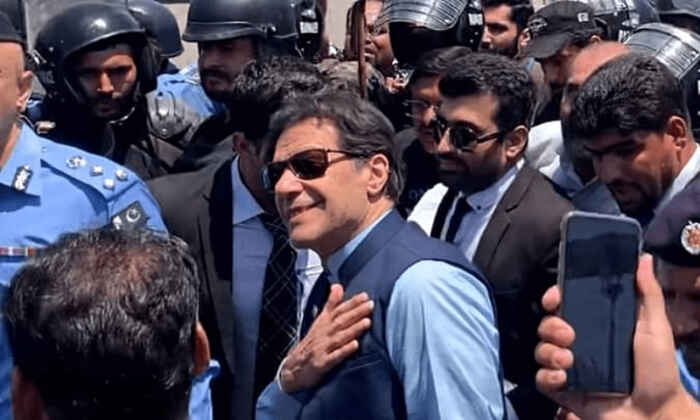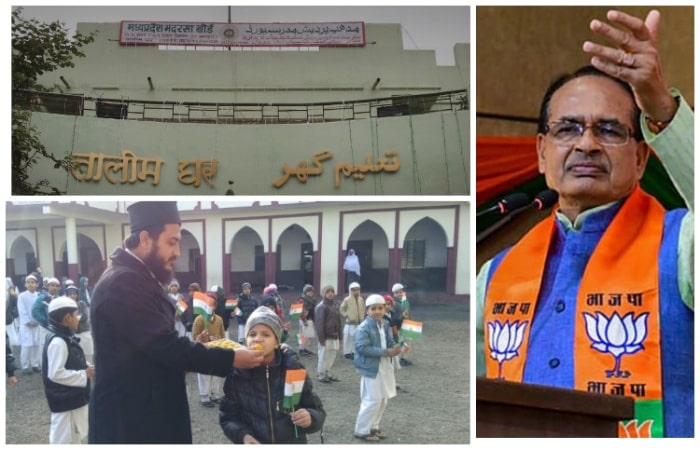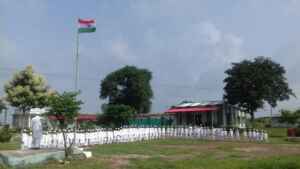Kolkata: Calcutta High Court ordered a second autopsy to get a clear understanding of the death of IITian Faizan Ahmed. The third-year student of the Indian Institute of Technology (IIT), Kharagpur student, whose partially decomposed body was recovered from the hostel room of IIT-Kharagpur in October last year.
Faizan was buried in Dibrugarh from where his body was exhumed and flown to Kolkata, following the court order. On Saturday, the second autopsy was conducted at the Calcutta Medical College and Hospital.
The recommendation for the second autopsy was made by Dr Ajay Kumar Gupta, a retired forensic expert from the CID, West Bengal, who had been asked to look into the postmortem, forensic report and police case diary, by Justice Rajasekhar Mantha, in February, earlier this year.
There are several points which indicate why there is a need for a thorough investigation into the death of one of India’s brilliant minds – Faizan Ahmed.
eNewsroom, while going into the details of the case found some stark contradictions in post-mortem and police reports. The forensic expert Dr Gupta pointed out the contradictions in the post-mortem report while Faizan’s lawyers highlighted the case diary, during Justice Mantha’s hearing.
But before going to the technical aspect of the case, let us know who Faizan Ahmed was.
Member of Aerial Robotics Research and RoboSoccer teams
Friends of Faizan, define him as ‘cut above IITians’. Before cracking Joint Engineering Entrance (JEE) he was the winner of three gold medals at the state-level ‘Mathematics and Chemistry Olympiad’ — twice in Mathematics, and once in Chemistry.
After joining IIT-Kharagpur as a mechanical engineering student, he was selected for a few ambitious robotic projects funded by the Government of India. The research group is sponsored by SRIC (Sponsored Research and Industrial Consultancy) as part of the Centre for Excellence in Robotics.
The 23-year-old genius was also a member of the Kharagpur RoboSoccer Students’ Group (KRSSG).
Faizan used to take online Mathematics classes as well. He had created a profile at sites like SuperProf.com.
While the trial in the case is yet to begin, there were three important reports submitted so far in this case — postmortem, police and forensic report.
Watch what Faizan’s parents said when they reached Kolkata with the dead body for second autopsy
Post mortem report
The three-page report (copy with eNewsroom), could not ascertain the cause of death of the IITian. The only thing it mentioned was that no external injuries were found on the body of Faizan.
But in the forensic report, this point did not stand. Dr Gupta claimed that the post-mortem video that he got shows a Haematoma over the RI parieto-temporal area of the scalp.
The autopsy report also mentions several injury marks on the left arm of Faizan. But the forensic expert in its report ruled them out for being the cause of death and claimed in its report that it could be ‘fabricated cut marks’.
The first autopsy report also did not mention the presence of any poison or alcohol in the body of the deceased.
Preliminary Forensic Report by Dr Gupta
In one paragraph of his 9-page report (copy with eNewsroom), Dr Gupta writes, “I would like to submit that after comparison of the pertinent findings in the documents i.e. (i) Post-Mortem Report (ii) the Post-Mortem video by me, my preliminary opinion is that the findings in these two documents are not adequate to draw a final conclusion as to actual cause and manner of death of Faizan Ahmed, Muslim Male, aged 23 years. I am enclosing herein pertinent findings regarding injuries seen on dissection of the dead body i.e. over vault of head, front of left side of chest close to left axilla of Faizan Ahmed, aged 23 years, in videoclips on the Post-Mortem Examination of Faizan Ahmed, aged 23 years which clearly and definitely reveal that there is no mention about these injuries in the Post-Mortem Report No. 1289 of 2022 of Faizan Ahmed, aged 23 years. (sic)”
Holes in police theory of suicide
Police filed three reports in hundreds of pages long after four months of Faizan’s death. But it could also not reach any conclusion on the cause of death.
One of the reasons the reports cited was the use of the anti-depression drug, Betacap. A wrapper containing six tablets was found in the hostel room of Faizan, indicating four tablets had been used.
According to one report the death took place because of the slashing of veins and excessive bleeding.
But Faizan’s lawyer Ranjit Chatterjee pointed out that as per the case diary, the recovery of the blade used for slashing was recovered from the garden area and not the room where Faizan was found dead.
What Faizan’s lawyers argued
The lawyers representing Faizan’s parents also highlighted several major holes in the police inquiry during the High Court hearing on May 19 before Justice Rajasekhar Mantha.
Among them were police highlighting the presence of six Betacap 20 mg tablets (out of ten in the strip) in the room of Faizan, and suggesting that he might have used four tablets together. Ranajit Chatterjee argued that before the court, “Only the use of 1000 mg would be fatal for the person, but intake of 80 mg (4×20 mg) could not be fatal for anyone.”
The senior lawyer also told the court about the presence of a second blood group at the door of the hostel room where Faizan was found dead.
Chatterjee informed the court, “University records tell that Faizan had O+ blood group. But another group, AB+, found the room.”
Justice Rajashekhar Mantha too expressed surprise and reacted, “It means, there was another person there!”
Faizan’s counsel also pointed out one more thing, which police did not give much importance to during the investigation – the presence of sodium nitrate powder in the room of the deceased. The yellowish powder is used to preserve meat and is also one of the components used to embalm or preserve dead bodies.
“There was mysteriously no smell even after three days of the death,” Chatterjee told the court while mentioning the presence of sodium nitrate in the room.
Aniruddha Mitra, another counsel representing Faizan’s parents, told eNewsroom, “It is a challenging case for us too. So we are giving our best. We have got some other vital information too. And we hope the second autopsy will prove that we are going in the right direction and that Faizan’s death was not due to suicide.”


